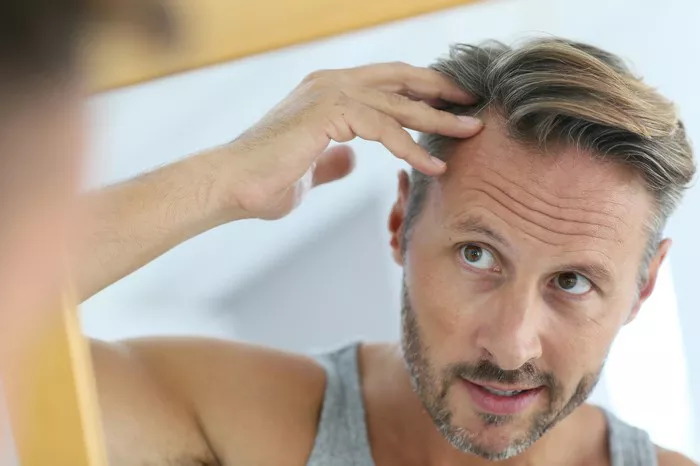In today’s world, where appearances matter, hair loss can be a major concern for many individuals. The quest for effective hair restoration solutions has led to the rise of various treatments and therapies. One such innovative approach gaining popularity is Platelet-Rich Plasma (PRP) therapy. In this article, we delve deep into the effectiveness of PRP for hair loss, examining its mechanisms, benefits, potential side effects, and what you can expect from this groundbreaking procedure.
Understanding the Science Behind PRP for Hair Loss
PRP, or Platelet-Rich Plasma, is a medical treatment that involves drawing a small amount of your blood, processing it to concentrate the platelets, and then injecting this PRP into the scalp. Platelets are rich in growth factors, which play a pivotal role in hair growth.
Platelets contain essential growth factors like PDGF (Platelet-Derived Growth Factor), TGF (Transforming Growth Factor), and VEGF (Vascular Endothelial Growth Factor) that stimulate hair follicles.
These growth factors work together to promote hair follicle regeneration, increase blood circulation to the scalp, and encourage hair growth.
The Effectiveness of PRP for Hair Loss
Many studies have explored the effectiveness of PRP for hair loss, and the results are promising.
A study published in the Journal of Cutaneous and Aesthetic Surgery found that PRP treatment significantly increased hair count and thickness in individuals with androgenetic alopecia, a common cause of hair loss.
Another study in the Journal of Cosmetic Dermatology reported that PRP therapy showed substantial improvements in hair density and hair shaft thickness.
These findings suggest that PRP can be an effective option for those seeking to combat hair loss and improve hair quality.
PRP Treatment Process and Frequency
PRP therapy typically involves a series of sessions.
The initial phase often consists of three to four sessions spaced four to six weeks apart to kickstart the hair growth process.
Maintenance sessions may be necessary every six months to sustain the results.
The treatment process is relatively quick and minimally invasive, making it a convenient option for many.
Potential Side Effects and Considerations
While PRP for hair loss is generally safe, it’s essential to be aware of potential side effects and considerations.
Common side effects may include mild pain or discomfort at the injection site, minimal swelling, or bruising, which usually subside within a few days.
It’s crucial to choose a qualified and experienced medical professional for the procedure to minimize the risk of complications.
Combining PRP with Other Hair Loss Treatments
PRP therapy can be used in conjunction with other hair loss treatments to enhance its effectiveness.
Some individuals opt for combining PRP with minoxidil or finasteride for a multi-pronged approach to combat hair loss.
Consult with a hair restoration specialist to determine the best combination of treatments for your unique needs.
See Also: Does Lack of Sunlight Cause Hair Loss: A Quick Guide
Conclusion: Is PRP an Effective Solution for Hair Loss?
In conclusion, PRP therapy has demonstrated its effectiveness in stimulating hair growth and improving hair quality for individuals experiencing hair loss. While results may vary from person to person, the overall consensus from studies and patient testimonials is positive.
If you’re considering PRP for hair loss, consult with a qualified healthcare provider who can assess your condition and create a personalized treatment plan. PRP is a promising option in the fight against hair loss, offering hope to those looking to regain their confidence and lush locks.
In the pursuit of luscious hair, PRP therapy stands as a potential game-changer. With its science-backed approach and growing success stories, it’s a ray of hope for individuals struggling with hair loss. Consult with a healthcare professional to explore if PRP is the right choice for you on your journey towards thicker, healthier hair.


